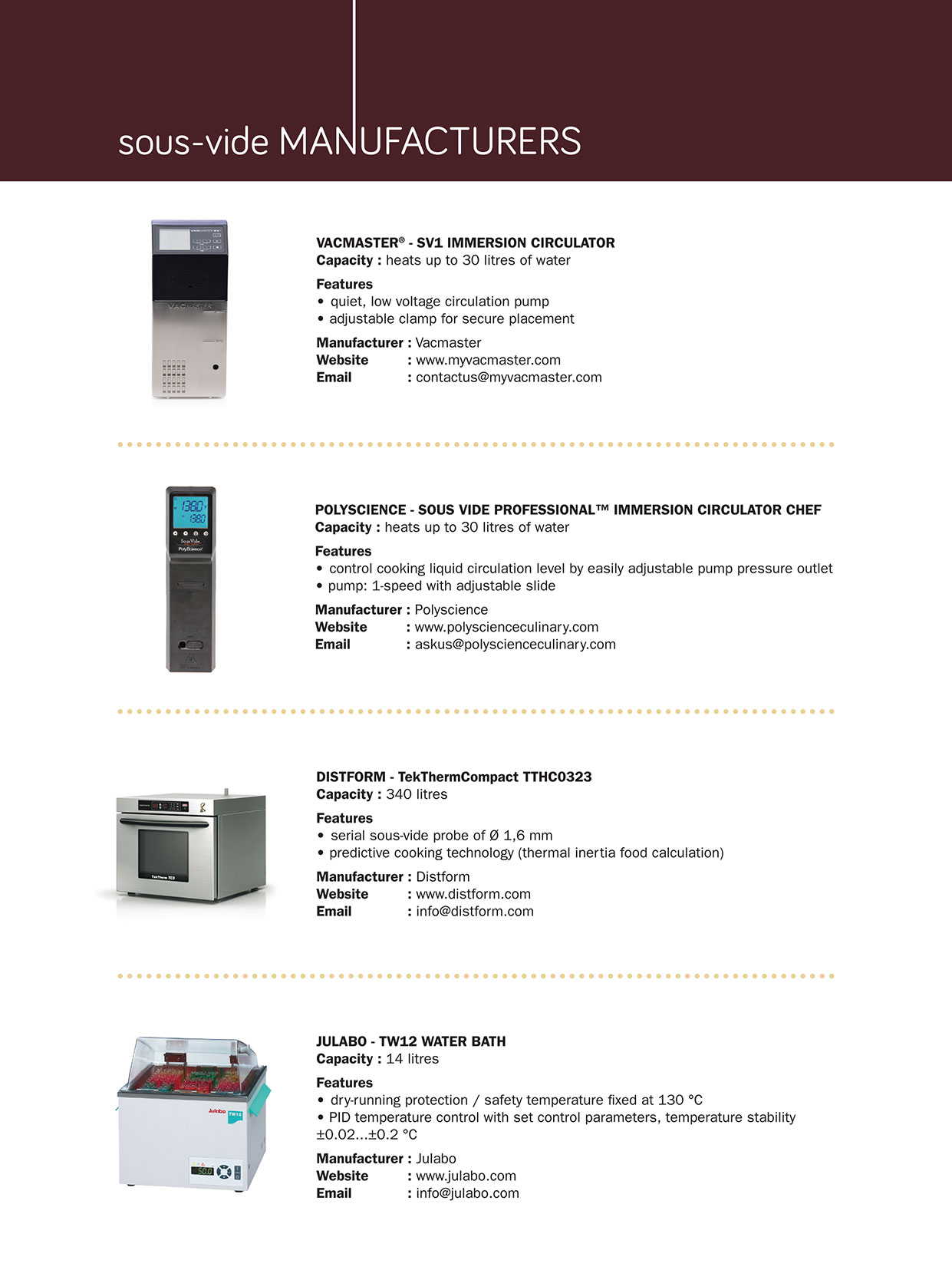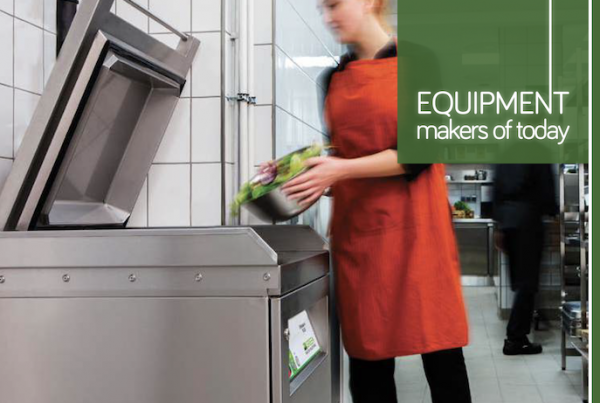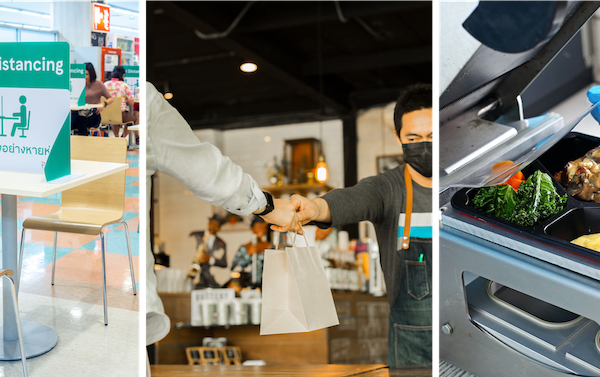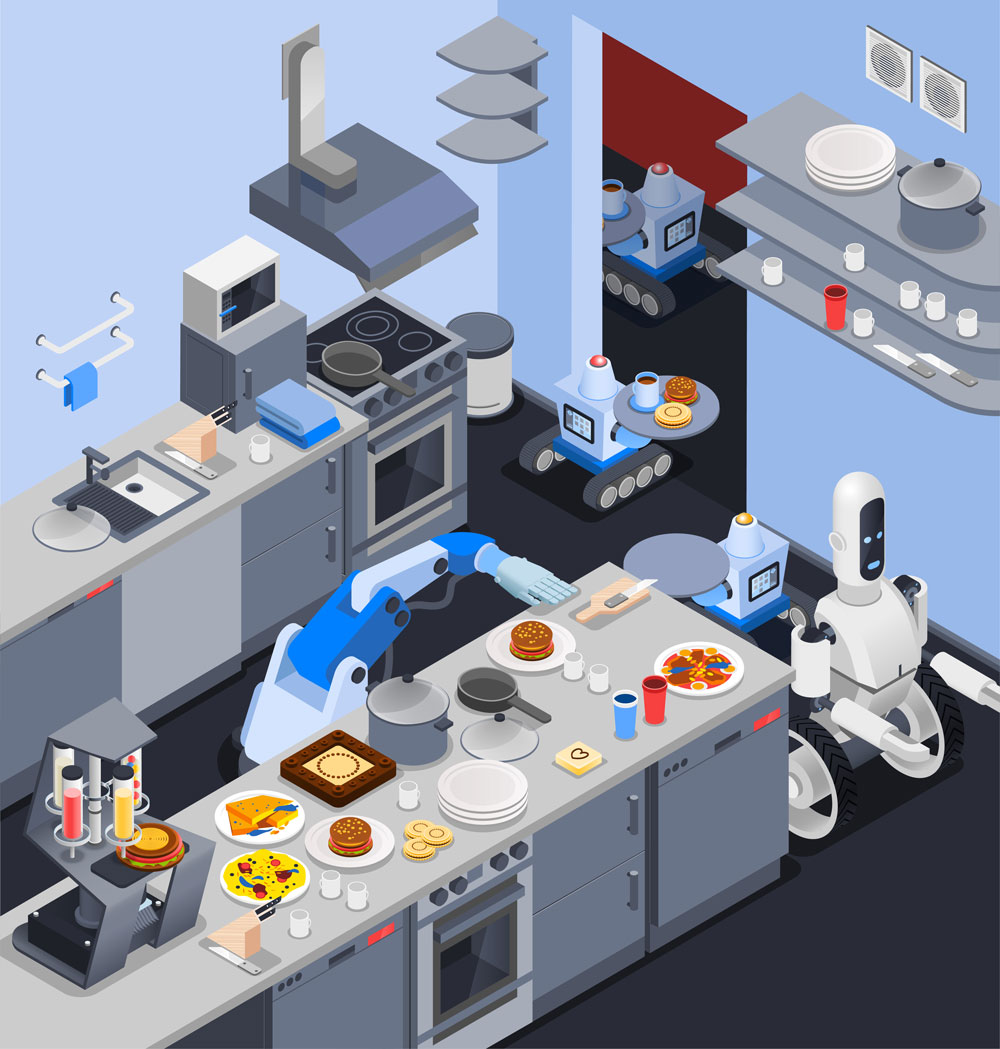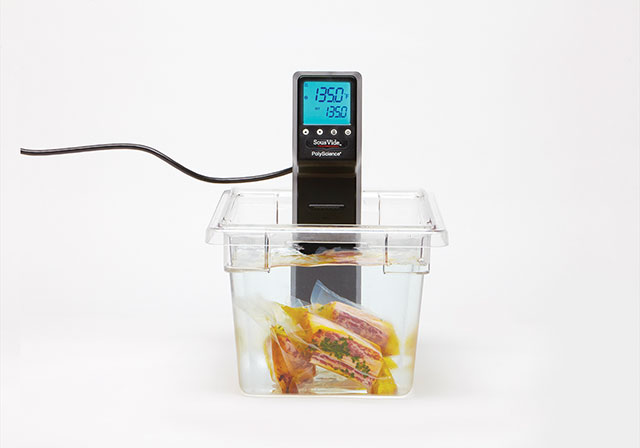
Also referred to as water baths or water oven, sous vide basically means “under vacuum” in French which involves placing food in vacuum-sealed pouches inside a water bath at a precise temperature. Temperature stability is vital when it comes to choosing the machine because cooking temperatures can vary from several degrees to as small as 0.1°C therefore you want to know how quickly a machine can bring water back up to temperature when cold food goes in. There are two types of sous-vide machines that users can choose from:
SOUS-VIDE WATER BATH
A self-contained temperature controller and heater with a set water bath, it tends to be bulkier and more expensive. The built-in bath size also means limited options in terms of container size thus larger amounts of food have to be cooked in numerous rounds and can be less precise than immersion circulators. However, it is good enough for a smaller restaurant that offers sous-vide dishes occasionally. It is easy to use as natural circulation is achieved when the base silicone heating element transmits heat evenly to the water within. Warm water will rise to the top as the cooler water sinks to the bottom and mixes both hot and cold to create the circulation. The natural circulation ensures all the water and food in the bath reaches the same temperature without any hot or cold spots. Look for one equipped with a stainless steel rack to hold food pouches for even heat distribution and also keep them from floating upwards.
IMMERSION CIRCULATOR
If you need very consistent temperature, this option might work out well because it consists of a heating element and a water pump that combine to heat and circulate the water thus keeping the temperature steady. In addition, the water pump works to ensure even heating of water so that hot and cold spots are eliminated. Many go for this option because the small unit can be used with almost any type of container; stock pots if there are plenty of pouches of food, even plastic tubs for small amounts. This results in saving energy costs and speeding up the heating process. Temperature stability has been found to be the best, regularly able to keep to within 1°C and some even more stable.
TIPS & ADVICE
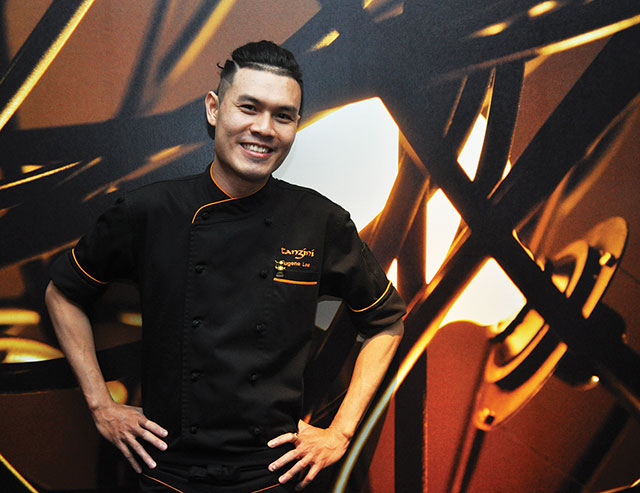
EUGENE LEE
Senior Sous Chef, Tanzini
“Look for the 3Cs. Compatibility with your mise en place, menu and kitchen space. Cost is of course a factor; you would not want to invest in an extremely pricey one if you do not use it regularly enough. Credibility is also important; especially after-sales service. My personal additional criteria would be user-friendliness and how well it can withstand the way our kitchen “abuses technology”.

